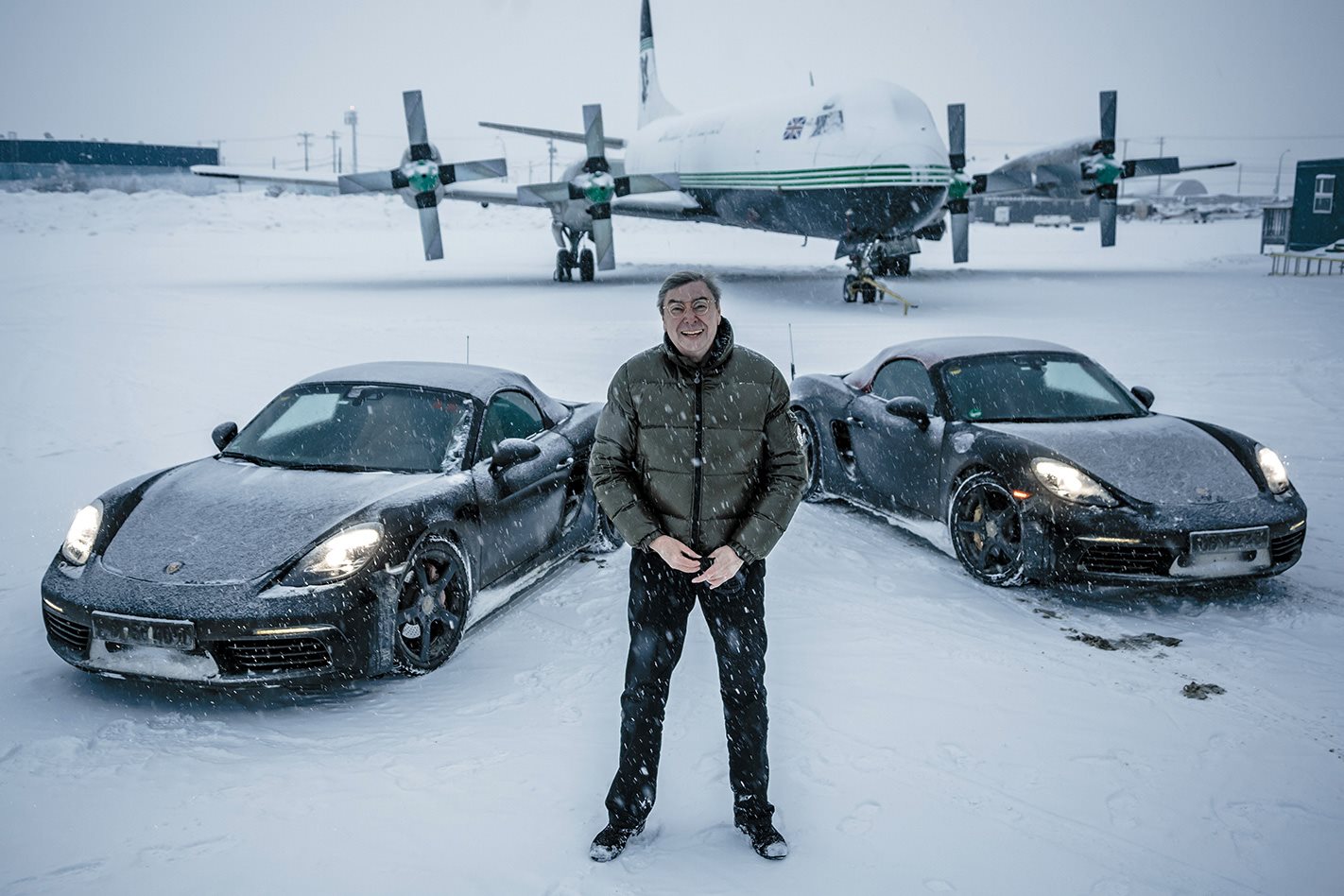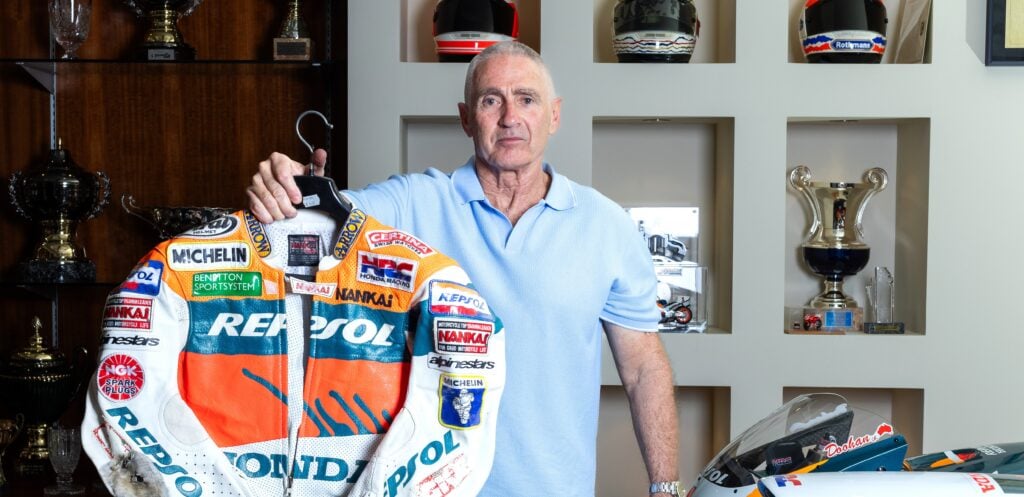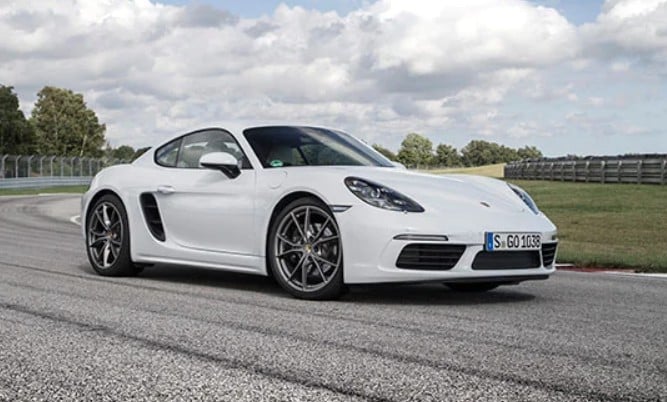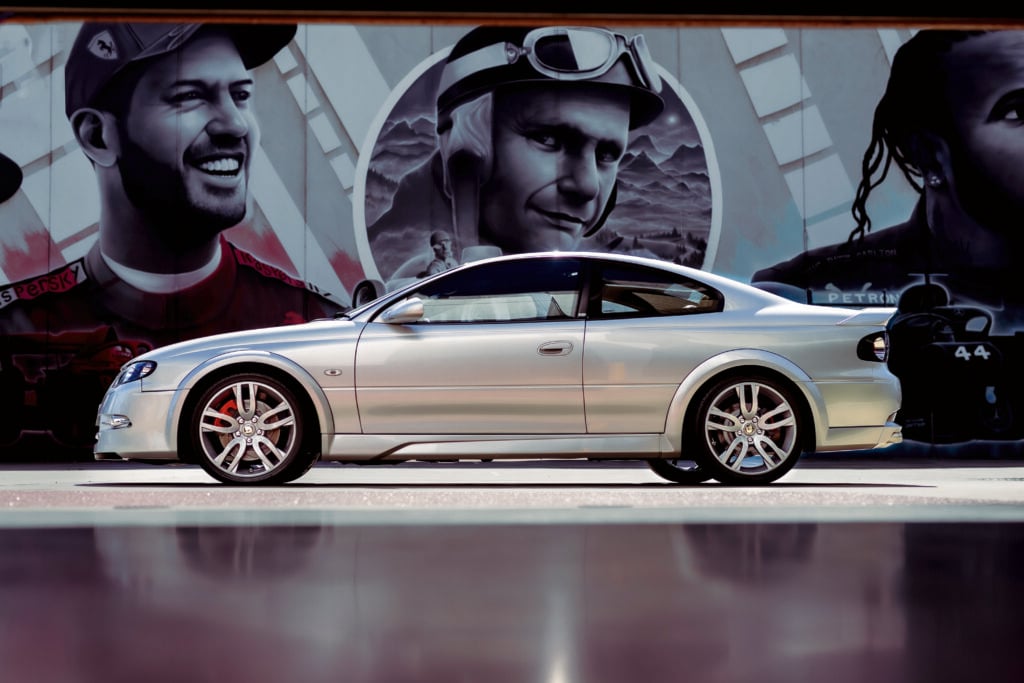It’s the second week of December in Yellowknife, a thriving northern Canadian town within frozen spit-tossing distance of the Arctic Circle.
We’ve travelled here to meet the new Porsche 718, which comes to market in April as a Boxster and six months later as a Cayman. The 718 moniker is inspired by the mid-engine lightweight street-legal racer built and campaigned from 1957 to ’64.
Way more significant is the fact the Boxster engine room now houses a turbocharged flat-four, rather than the legendary flat-six which has served since time immemorial. For 2016, Boxster swaps two cylinders for a single snail.
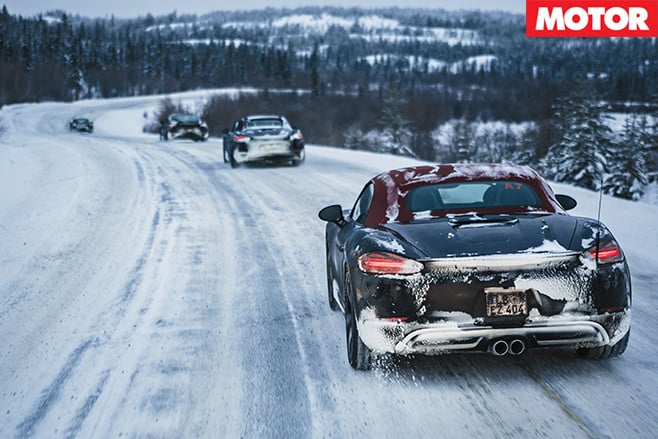
“We were facing a complex task,” project leader Jan Roth tells MOTOR. “Marketing wanted to move the mid-engined cars further away from the 911. The result is a new four-cylinder boxer.
“Why not a smaller-displacement flat-six? Because now we’re introducing turbocharging across the board, it would have been impossible to package the bigger powerplant. Believe me, it was difficult enough to find space for the flat-four with the related extra intake and exhaust plumbing, not to mention the intercooler assembly. For these reasons alone, a turbo-six was never on our radar.”
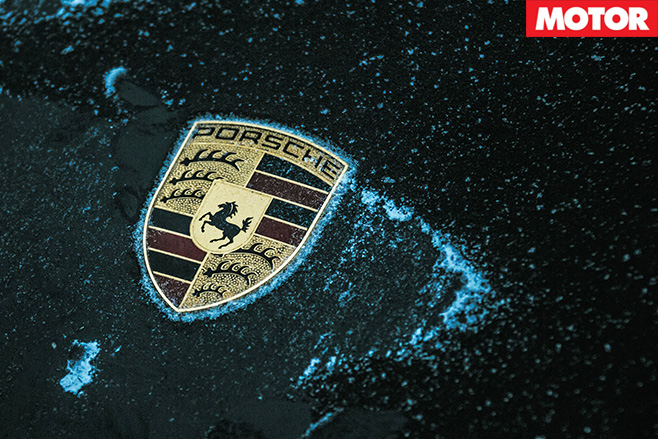
Initially, there will be two engines, a 225kW/360Nm 2.0-litre and a 255kW/400Nm 2.5-litre. Mid-term, a brawnier GTS, good for at least 275kW, will complete the range. And yes, there is still enough room for a normally aspirated six…
“Downsizing offers various advantages,” says Matthias Hofstetter, engineer and Sports Car Drivetrain Development boss. “For a start, the turbocharged four-cylinder produces up to 100Nm more torque than the outgoing six. At the same time, it is instrumental in reducing the average fuel consumption by 15 per cent.”
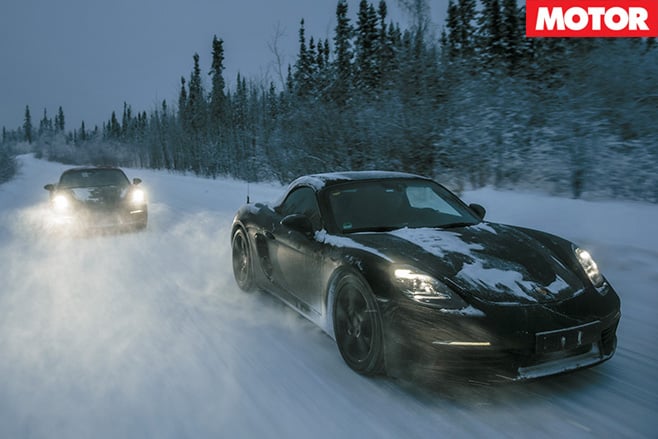
The 2.0-litre engine feels more agile and spontaneous, the bigger unit not obeying the throttle quite as promptly, but in the wake of that initial turbo-lag, mumbo builds more rapidly and climbs to a taller peak.
“Today, normally-aspirated and turbocharged engines still live side by side,” Hofstetter adds. “In the future however, the turbo is going to pull away big-time. It doesn’t only radically re-plot the torque curve, it’s also an essential CO2-reducing tool.”
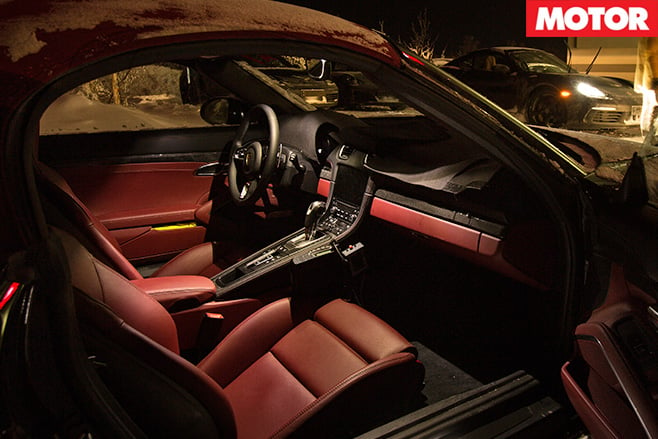
Unlike many rivals, Porsche refuses to include steering action in the drive-mode Scrabble, although braking response soon will be. The internal 981 designation suggests the 718 is more than a mere facelift, but even hardcore brand fetishists will need to look twice to spot the changes. Inside, Porsche developed a new instrument panel to lose the noisy, breathless old air vents, though such luxurious perfection may soon be history.
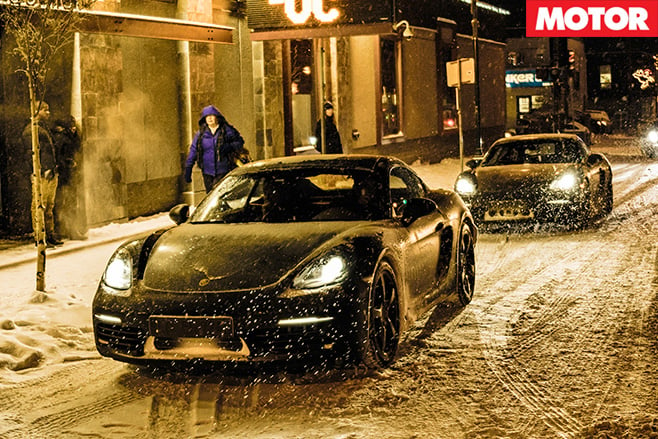
More advanced options like a fully adaptive matrix beam system, long-overdue head-up display and intuitive ergonomics must wait until 2020 when project 983 takes over. By 2021 at the latest, battery-operated versions of both models are expected.
Even though exceptional vehicle dynamics have always been a forte of these two mid-engined crackerjacks, the Weissach think-tank pulled various strings “to get even closer to 10 out of 10”.
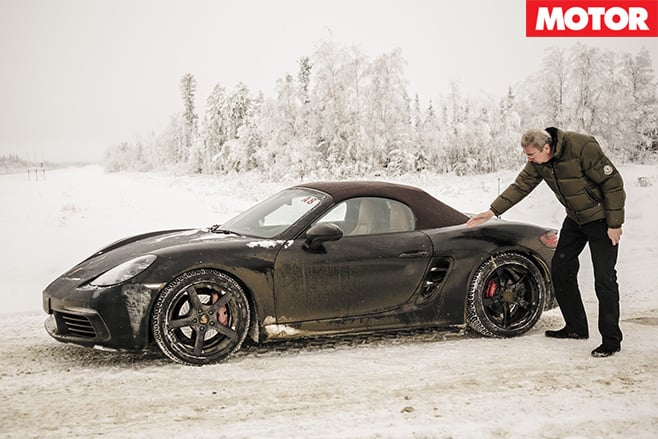
Even though the basic suspension settings are a convincing compromise, the adaptive PASM dampers are better still at soaking up potholes and neutralising expansion joints. Not quite firm and precise enough? Then hit the Sport button and dial in a tauter setting, which ties the car down nicely without sending shockwaves through you or the partial aluminium chassis structure.
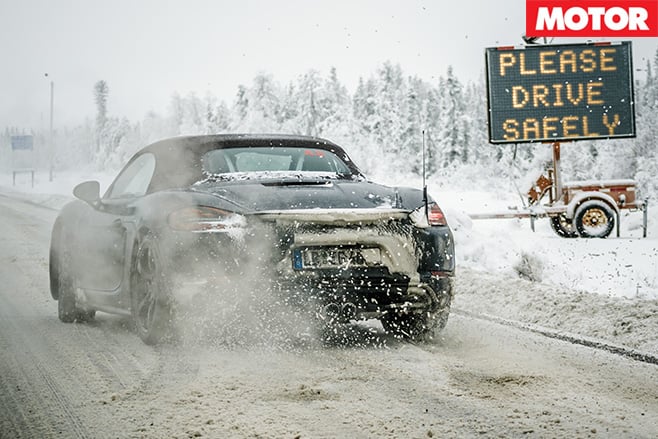
Manual or PDK transmission? The progressive clutch, eager throttle and slick gearshift match the driver’s feet and shift arm with aplomb – but in Canadian winter conditions, the dual-clutch PDK ’box is preferred. Keeping both hands on the wheel, snappy flappy-paddle gear changes don’t dent the flow nearly as much as two-second manual upshifts.
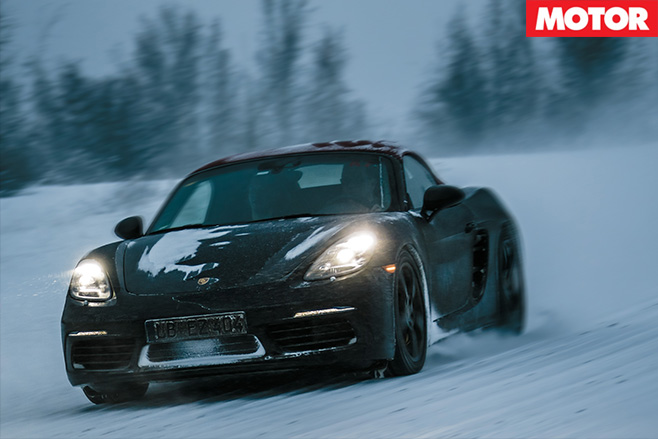
Those new to the routine will fall off the icy tracks sooner or later and then brace themselves for undisclosed rounds of mystery drinks. The local coppers usually just take the role of friendly observers and turn a blind eye should a Porsche mule occasionally mistake Mackenzie Highway for the autobahn.
“Triple figure stints on public roads are a no-go,” Alex Ernst assures us. “When we feel like playing, the fleet heads to a frozen lake, [with] the winch-equipped Expedition hot on our heels.”

